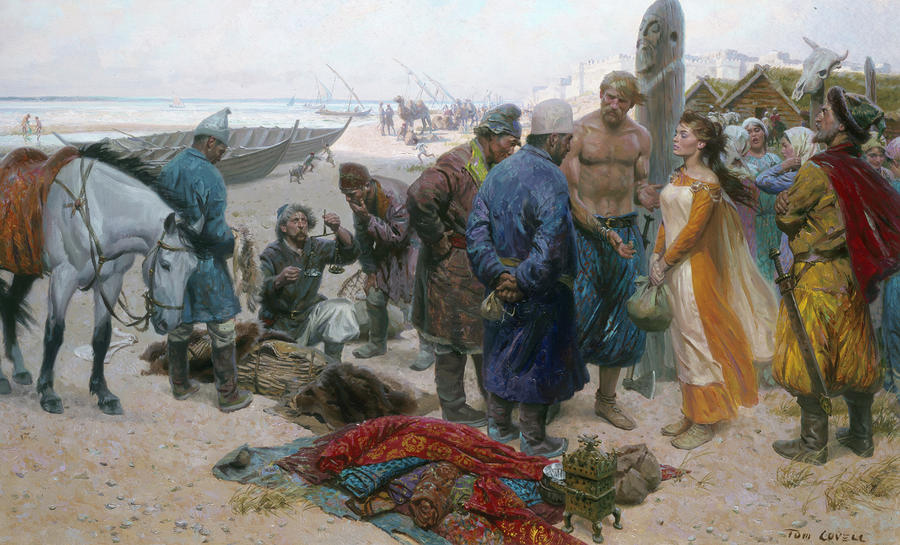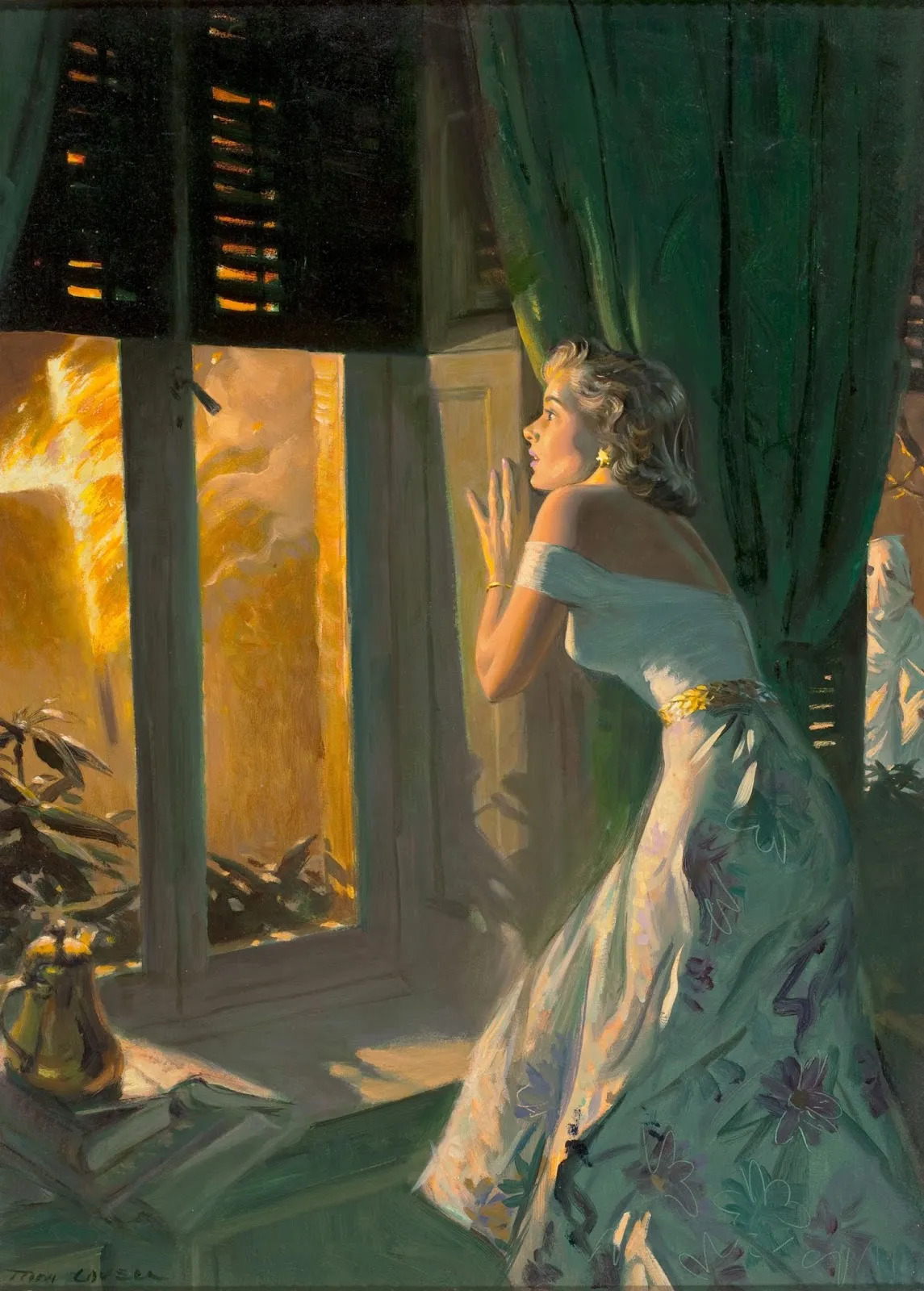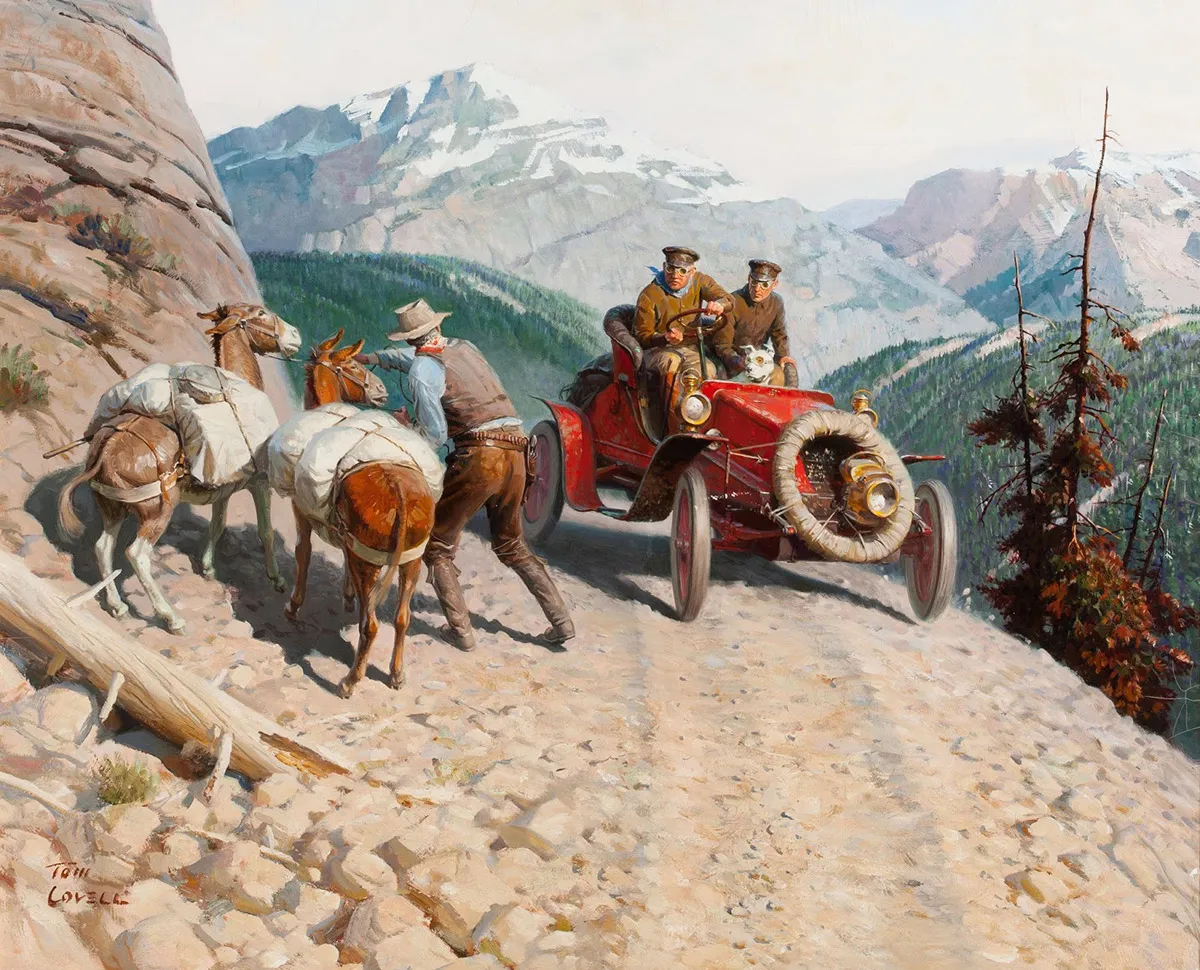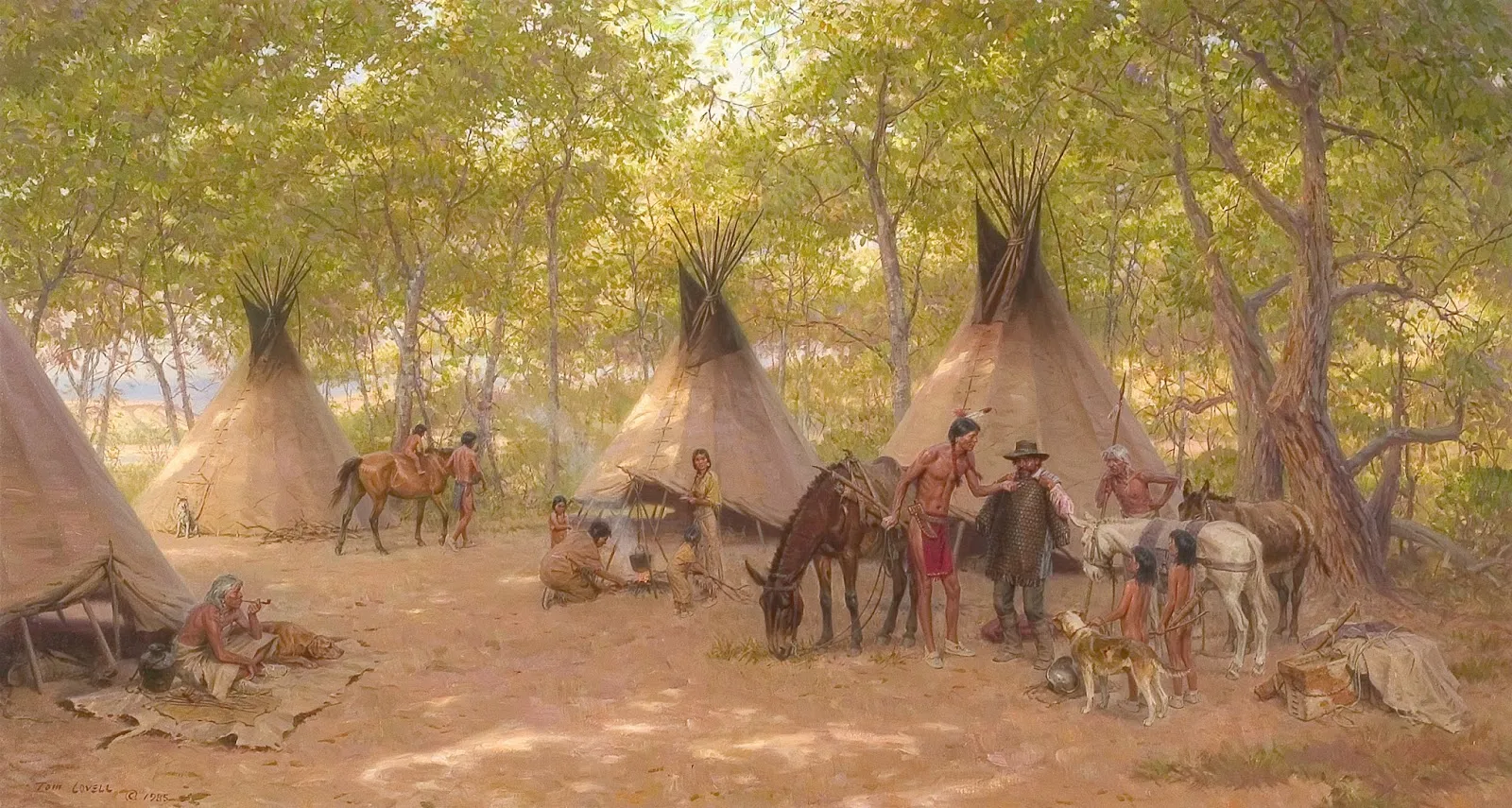
You can always count on our editor Stijn Windig to bring us fresh looks on past works. This time, for his Playgrounds Eye Candy tip, he puts in the spotlight works of an artist born more than a century ago: Tom Lovell, an illustrator and painter.












Stijn: “Born in 1909 Tom Lovell was an American illustrator and painter. A contemporary of Norman Rockwell and Mead Schaeffer, he was a creator of pulp fiction magazine covers and illustrations, and of visual art of the American West. He produced illustrations for National Geographic magazine and many others, and painted many historical subjects.
His career is adorned with many awards and distinctions. He is the only artist to have won the National Academy of Western Artists Prix de West award twice and was elected to the Society of Illustrators’ Hall of Fame in 1974. Lovell enrolled at Syracuse University in 1927, graduating in 1931. In his junior year at Syracuse, he sold drawings to popular “pulp” Western, gangster and detective magazines. Talking about illustrating for pulp magazines in the 1930s and 1940s, he said: “Painting for the pulps was great training. You learned to tell a story in close compass. You couldn’t spread out over two pages, and you couldn’t take three months to research it. You had to get the job out in ten days. This took discipline.”
Lovell produced a set of historical drawings for National Geographic Magazine, including depictions of the Norman invasion of England, the career of Alexander the Great, and the conquests of the Vikings. He took great care in reproducing what he considered to be historical accuracy in the illustrations, including making models of weapons and ships, visiting historical sites and carrying out other research.
“When you’re painting history, it always comes down to fundamentals” he said. “Reading is a help. But writers don’t need the depth of information that a painter does. With a few well chosen words, a writer can set the scene, whereas an artist must know the costumes, the weapons, what the interiors looked like, the horse tack – all the thousand things to make it come alive. I wasn’t there when Alexander marched across India. But I was able to doa painting of what Alexander did by working like hell at it.” Further on Lovell said: “I consider myself a storyteller with a brush. I try to place myself back in imagined situations that would make interesting and appealing pictures. I am intent on producing paintings that relate to the human experience.”
I’m always surprised by how modern Lovell’s works still looks, and I think we can all learn from his mastery of both painting and storytelling.”